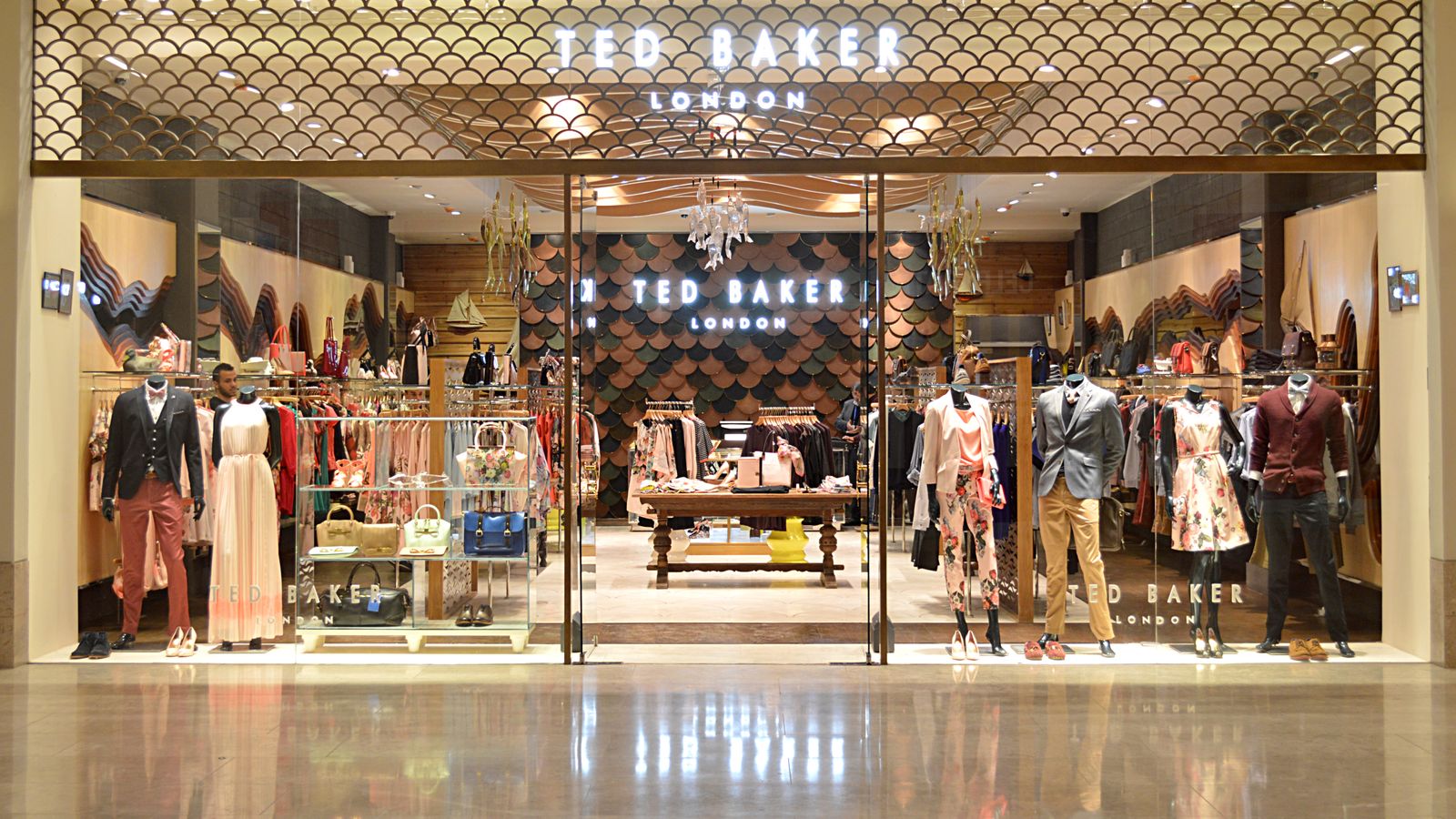Ted Baker has reported a 50% leap in quarterly revenues as the high street fashion chain moves to recover from a slump in sales during the coronavirus pandemic.
The company said a pick-up in demand in key markets during the 16 weeks to 14 August had allowed it to move back to full price sales – ending a focus on heavy discounting during the COVID-19 crisis when customers turned away from formal wear.
The public health emergency struck at a bad time for Ted Baker as it attempted a recovery from a string of setbacks including a £58m inventory overstatement and the departure of previous chief executive and founder Ray Kelvin following misconduct allegations – claims he has denied.
But chief executive Rachel Osborne said on Monday that its transformation plan, focussed on cutting costs, revamping the company’s product range and increasing its digital presence, was now on track.
That was despite plans for a new website being delayed to 2022 due to technical problems.
Ted Baker said it did not expect that the setback would affect sales during the crucial Christmas season.
Overall sales were aided by a 5% profit margin uplift, with its out-of-town stores performing better than town centres during the period as pandemic restrictions eased.
It noted a hit to online sales volumes as a result of the price rises but said the move would also shore up its brand position.
Store sales remained 45% down on the same period in 2019 – before the pandemic struck.
Ms Osborne said: “We have made encouraging progress, with trading over the second quarter in line with expectations, albeit the speed of recovery is different across store locations and regions.
“Full-price sales mix has significantly improved across all our retail channels as we continue to re-establish our premium lifestyle brand positioning.”
Shares rose fractionally in early trading.
Freetrade analyst David Kimberley said of the company’s update: “The clothing brand’s focus on physical stores seemed to be paying off until COVID hit, with revenues almost tripling in the six years from 2012 to 2019.
“But that all came crashing down when lockdowns were instigated and shops forced to close. A poor online offering and sluggish supply chain also meant those losses couldn’t be offset elsewhere in the business.
“Today’s update shows there is a revival of sorts underway, although there’s still a long way to go for the brand and the pushing back of its new ecommerce platform launch isn’t going to do much to please shareholders or shoppers.”






















